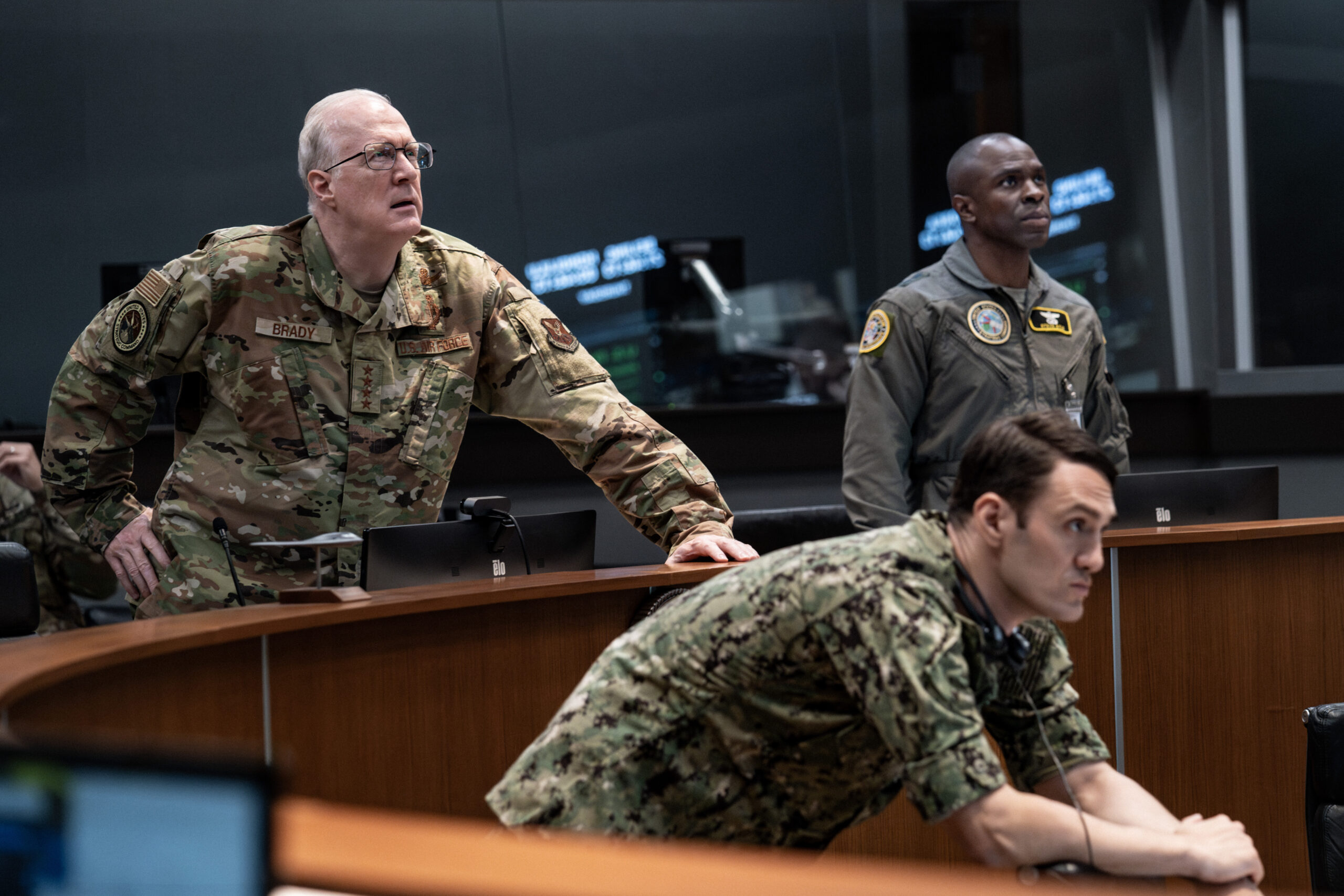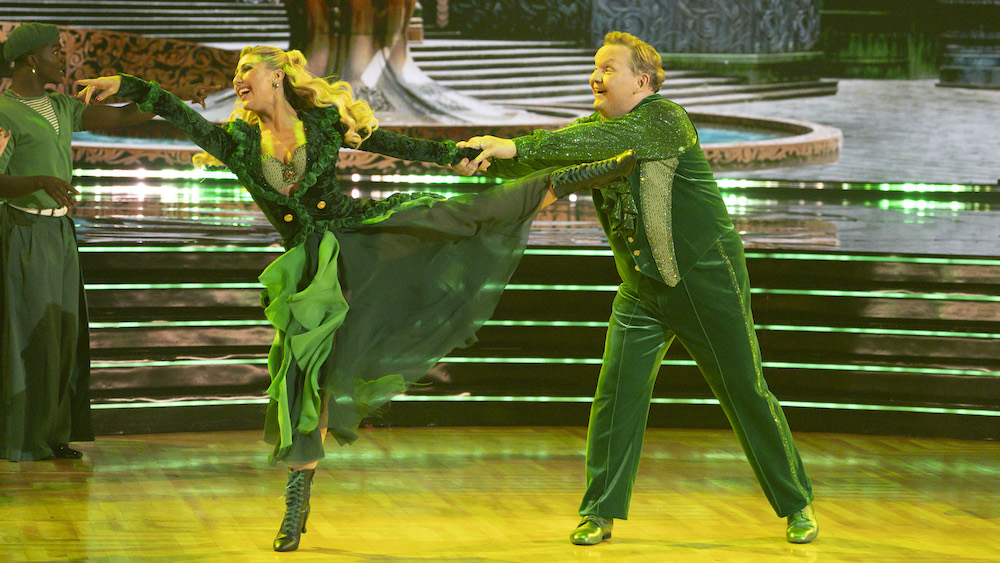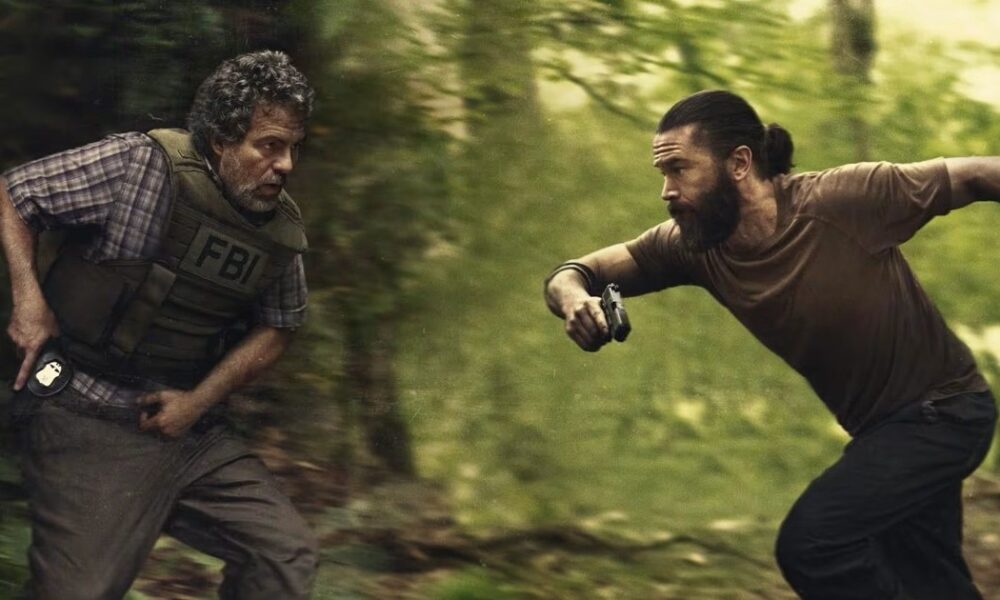Kathryn Bigelow’s latest film, A House of Dynamite, creates a gripping atmosphere of tension and anxiety as it portrays a scenario in which a nuclear missile threatens the United States. The film, now streaming on Netflix, features a skilled team of artisans, including composer Volker Bertelmann, editor Kirk Baxter, and sound designer Paul Ottosson, who collaborated to enhance the narrative’s urgency through innovative sound and music techniques.
The film is structured into three chapters, each presenting the unfolding crisis from varying perspectives. The story begins in the White House Crisis Room, where Captain Olivia Walker, played by Rebecca Ferguson, and Major Daniel Gonzalez, portrayed by Anthony Ramos, face a dire situation with only 20 minutes to respond to an incoming missile. The tension in the film is palpable, and according to Ottosson, the script itself elicited a sense of anxiety. He remarked, “As I was reading it, I was really tense, and I was curious to see how it would come together because the structure was different.”
Bertelmann recognized the importance of developing the score for each chapter. He emphasized the need to build tension incrementally, stating, “You need to have some things in your pocket to make the tension higher.” The initial sounds set the tone for the film, firmly placing it within the thriller genre. He noted that shaping the score for the opening moments took several attempts to achieve the desired effect.
Baxter utilized the score to gauge the emotional temperature of the film, particularly as the narrative transitions from one chapter to the next. He explained, “[Bertelmann’s] score peaks at the end of Chapter One, and you reset. You get these clues that come in with little bits of audio.” This approach keeps audiences on edge, constantly wondering what will happen next.
Chapter Two resets the timeline to the beginning of the day, offering a broader view of the various departments involved in the crisis. By the time the film reaches the third chapter, the focus shifts back to the Oval Office, where the character, voiced by Idris Elba, is finally revealed after being represented only through a black box. Baxter highlighted the importance of this reveal, stating, “Having the chaos in the beginning gives you great appreciation for the delicate human factor in Chapter Three.”
The decision to delay the character’s reveal was intentional. Baxter elaborated on the use of silence in the second chapter, explaining that holding on shots of the black box built anticipation for audiences eager to learn more about Elba’s character. The emotional stakes heighten as the narrative progresses, culminating in a poignant portrayal of the President’s state of mind as he grapples with the weight of his decisions.
The film’s emotional depth is further enhanced by the script written by Noah Oppenheim, but some pivotal moments were crafted during the editing process. Baxter discussed a notable phone call between the President and Russian officials, initially not scripted to be fully audible. He noted, “On the page, you would go, ‘We don’t need to hear that entire conversation again.’ But in the President’s journey, there’s a joy in re-experiencing it on his face, and it amps up all of the tension.”
Ottosson’s work in sound design complemented the film’s tension, emphasizing the turmoil and unpredictability of the environment. In the third chapter, as the President is shown in a more vulnerable light, the sound design takes on a different tone, incorporating elements like the sounds of elephants during a scene with the President’s wife on safari. This creative choice serves to juxtapose the chaos of the crisis with the human need for connection.
Throughout the production, the team had the support of military advisor Dan Karbler, who provided insights into realistic scenarios and responses. Ottosson acknowledged the importance of staying true to the potential realities of such high-stakes situations, stating, “It was never about a cool sound; it was ‘What would you feel in this situation and what would that sound like?’”
By intertwining exceptional sound design, a compelling score, and a gripping narrative, “A House of Dynamite” effectively captures the essence of human experience in the face of crisis. The collaboration of Bertelmann, Baxter, and Ottosson has resulted in a film that resonates with viewers, immersing them in a world filled with tension and raising questions about the choices that define humanity in dire circumstances.






